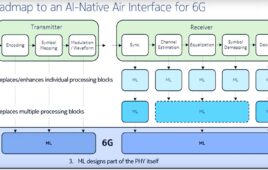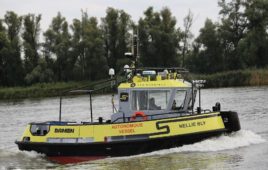As someone who spent years working in the insurance industry before joining WDD, this particular story caught my eye. In my previous profession, I’ve heard some bizarre stories behind accidents and other auto-related incidents our customers were involved in, and sadly, wrong-way driving was a factor in more than one of these accounts. The term is fairly straightforward, and describes people who literally, for whatever reason, wind up driving down a road in the opposite direction of traffic flow.
As a result, many accidents involving wrong-way drivers are usually severe in nature, head-on, and result in serious injuries or fatalities. According to the U.S. Department of Transportation, wrong-way driving accidents claim 300-400 lives a year, which (sadly) is a strong indicator whose barely noticeable red signs reading “wrong way” in all white capitalized letters, are clearly not enough to effectively mitigate these incidents from occurring.
Wrong-way drivers are a major reason that factored into the implementation of an innovative safety project by the Texas Department of Transportation, after 27-year old San Antonio Police Officer Stephanie Brown was killed by one on IH-35 in 2011. While it’s taken a few years to piece everything together, radars cameras, and light strips are being installed on those red “wrong way” signs along U.S. 90. These technologies are currently operating at four locations— eastbound and westbound exits on Callaghan off U.S. 90, the westbound exit to State Highway 151, and eastbound exit to General McMullen Drive.
The technology is designed to detect and alert wrong-way drivers, while also informing authorities with hopes they can intervene in time. The system utilizes three radars and one camera. Once the equipment identifies a vehicle driving into the flow of traffic, a notification is issued to a mounted cellphone at a transguide center, along with emails containing pictures and other important information.
Operationally, these detection technologies demonstrated its effectiveness when they alerted Texas Department of Transportation workers at the transguide of a wrong-way driver. Although the vehicle in question turned out to be a construction vehicle safely traveling through a work zone for just a couple seconds, the timing and precision of the radar and cameras was very encouraging to see. Over the next couple of months, it’s expected all 17 ramps on U.S. 90 between 35 and 410 are expected to be equipped with these cameras and radar system. While initial signs appear promising, how effective this system will truly be at mitigating (or completely preventing) accidents caused by wrong-way driving is something we’ll only find out over time.



